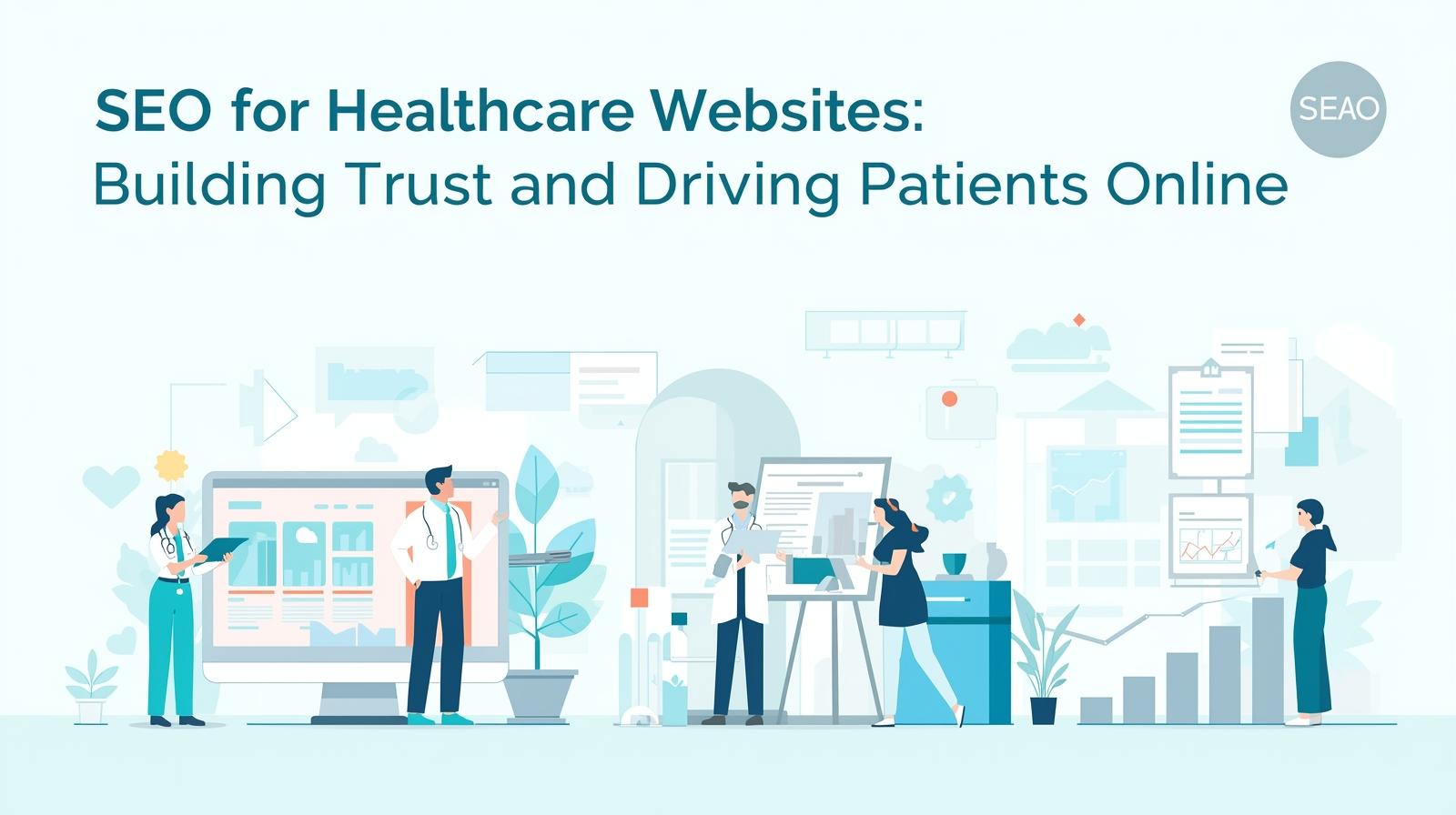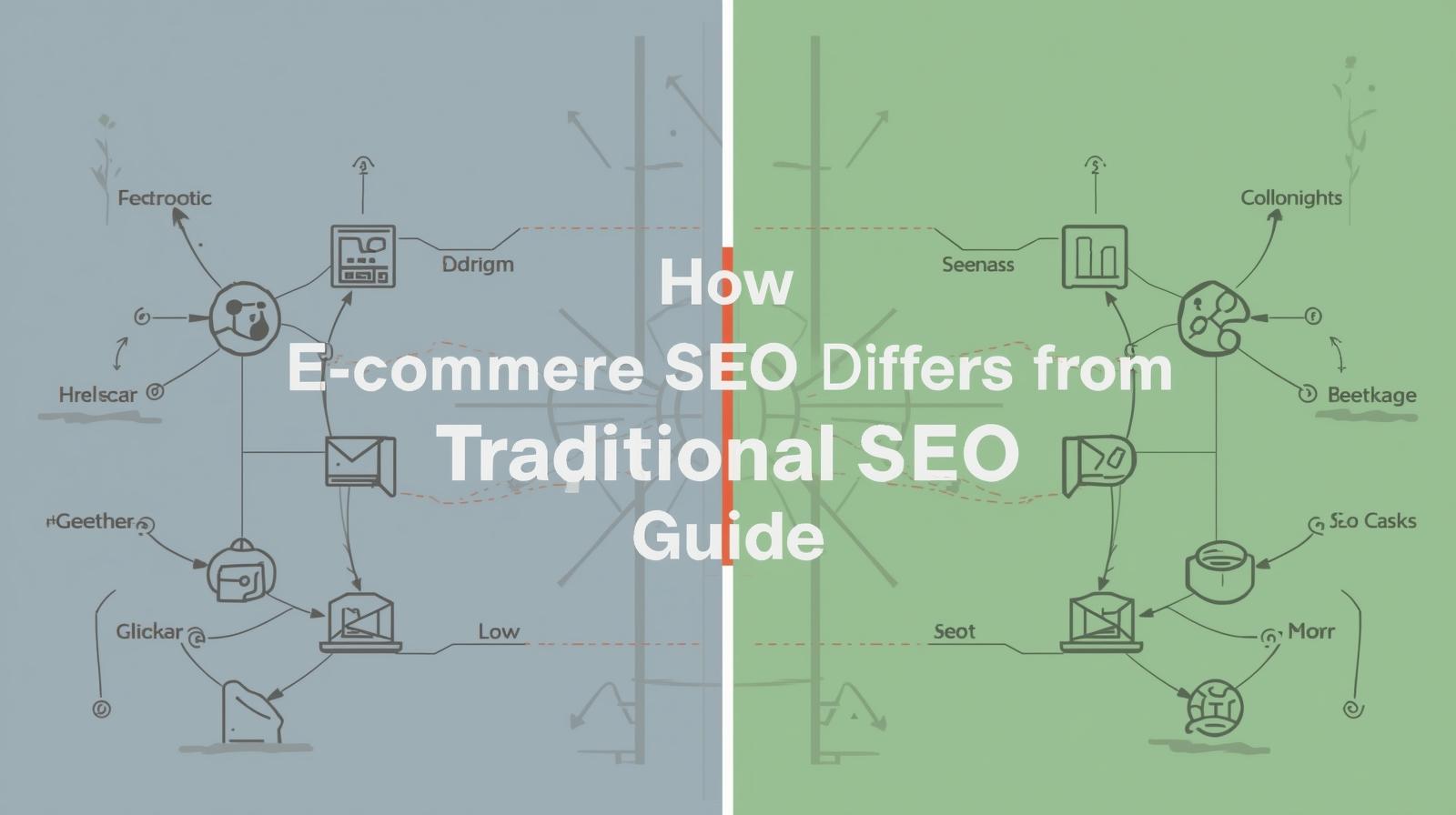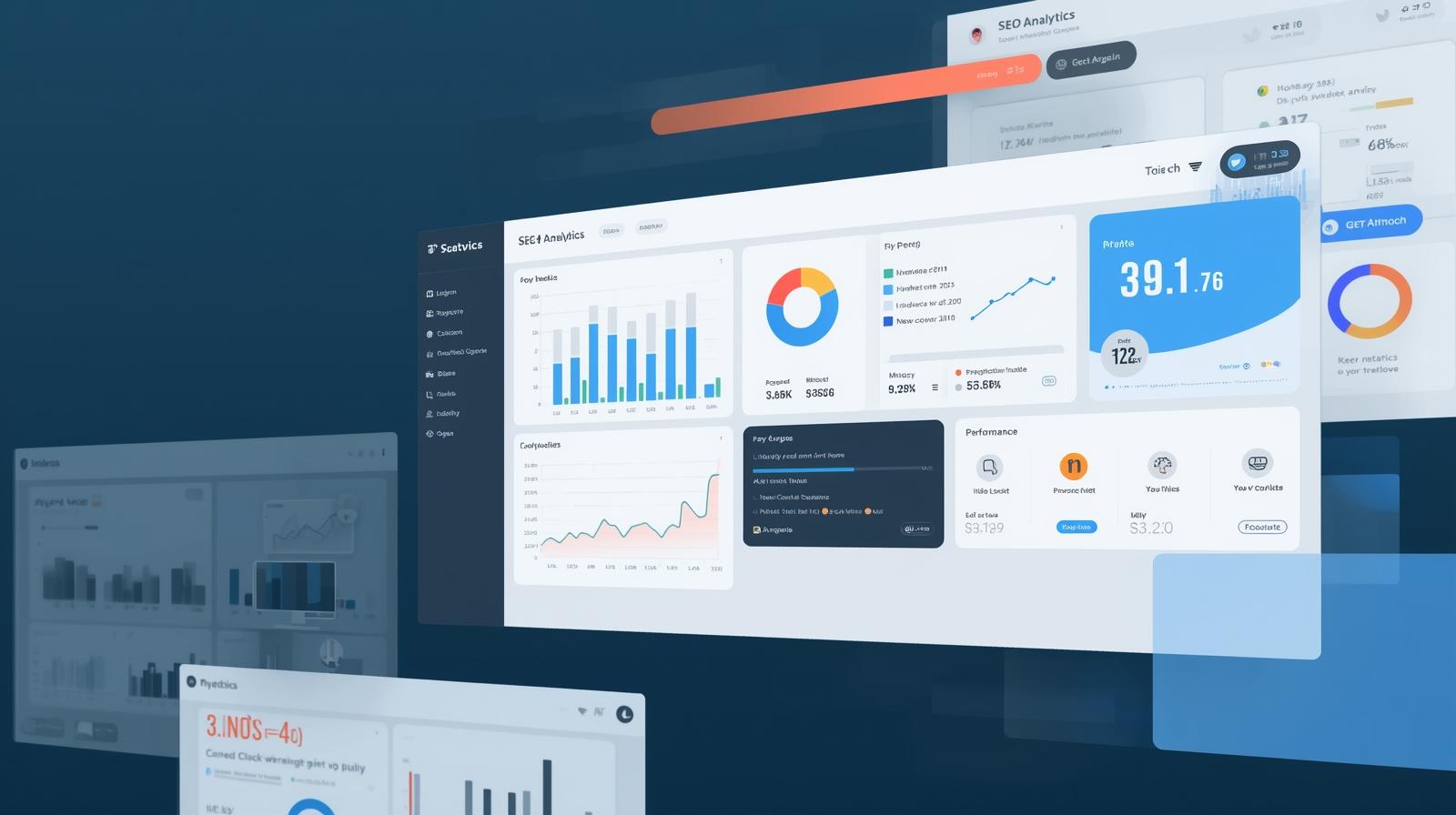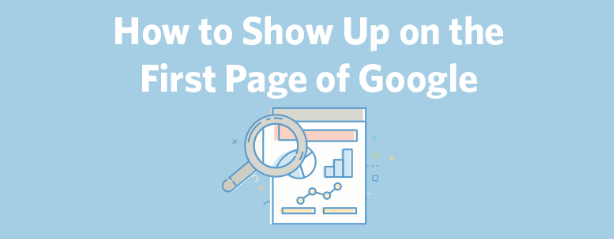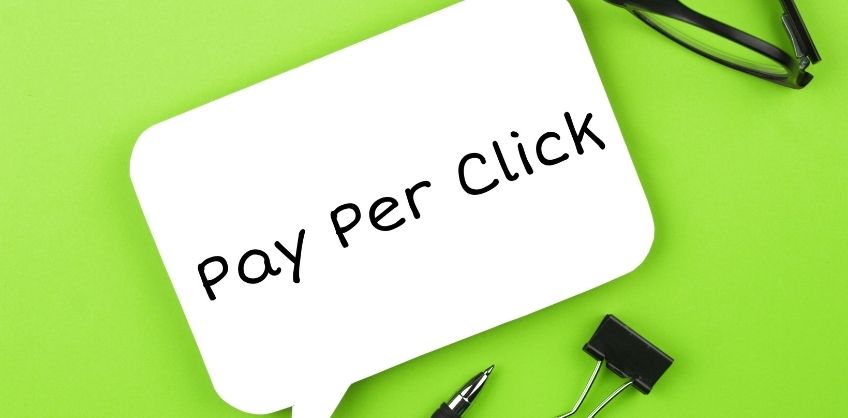April 08, 2016
Google is developing fast with the changing time; it is no more a search engine but has become a knowledge engine. It is focusing more on semantic search rather than keyword search. It understands the search intention of the searchers and provides the best answer to their question, irrespective of the keywords they use for the search. The Hummingbird update revolutionized the search pattern, but the foundation was laid much before. Google shifted towards understanding the intent of the searcher, rather than using keywords to put websites on the top of search engine result page. It has the ability to differentiate good relevant content from the irrelevant keyword stuffed content.
Since people consider Google as a friend, the queries are more in the conversational form like- ‘Which is the best flat screen TV available in the market’. Since the query is in question form, the content should be such that it answers the questions of the searchers like- ‘Best flat screen TV of 2016’. Google appreciates content that highly befits the searcher’s query and provide answers in the quickest way possible. With this object in mind, Google included knowledge graphs in the search results.
The knowledge graph is the quick information providing box that appears at the right of search engine wherever a highly general query is searched. Let us assume you want to know about actress Jennifer Lawrence. You searched for her name in the Google, and you get some short bio data at the right side. If you want some superficial information, this is more than enough, but if you want detailed info, you can find reference Wikipedia link right there.
From a searcher point of view, these knowledge graphs are the revolutionary change in the search engine. The search has become easy and fast, but is it the same way businesses and SEO companies look at it? Certainly not! Many businesses which do not understand the knowledge graph and do not know its potential, they consider it as the greatest setback in the SEO efforts. Firstly let us discuss why knowledge graph is not so good for SEO
Knowledge Graph: The Bad
Let us consider that you searched for actress Jennifer Lawrence, and you get a knowledge graph in the side. The information is extracted from Wikipedia page and the top result would be Wikipedia too. The next organic results will be the news related to her. After these two, will be the Jennifer Lawrence foundation website, her social media profiles etc. Now, if the searchers get enough knowledge from the knowledge graph, why would they click on her foundation’s page? No click on foundation page means no contribution in the charity and the whole endeavor of helping the needy will go in vain.
Moreover, below the knowledge graph, there is a ‘People also search for’ option. If people find someone interesting, they will navigate to their search result page leaving Jennifer behind. So, Jennifer is not getting so much profit even when people tried to know about her. Now let us assume, there were no knowledge graphs, people get news and right below would be her foundation’s website. People get curious about her social work and they visit it. They may see the list of upcoming events and give away some for the charity. They may even contact the people behind it and show interest in donating services to the foundation.

Knowledge Graph: The Goods
Knowledge graph may be stripping away the traffic from your website a little, but they are the best way to increase the brand reputation. Google only shows knowledge graphs for the brands, it considers big enough to provide introductory knowledge. If you optimize your website for the knowledge graphs, the information displayed will be from your own website and your website’s link will be displayed below. Your website is already ranking at top for your branded keyword; thanks to the SEO firms, you Googled (and appointed the best one out there), and you have a knowledge graph too; it is like icing on cake. Whether users click on the organic result or on the knowledge graph, the traffic is driving to your website only and not some news website.
The game depends upon your popularity and reputation. If you are not popular for your keyword, the knowledge graphs are a big fail for your SEO.

How to make the best of Knowledge graph?
If you want to generate a knowledge graph for a specific searcher intention, you need to invest some efforts in the planning for content creation and representation. Here is what you can do-
Write content in the answer mode with bullet points. Keep it short and informative in the start such that Google can pick up the answer part and can display as the knowledge graph. Analyze the type of questions that your audiences search on the internet through blogs and discussion platforms. Next, you prepare the best answer for that question and write the content. Market it in the best way possible and increase its reaches. The popular and relevant content has more probability to get picked by Google.
Improve the hierarchy of your page structure, such that all the special pages are easily accessible and they link to the important pages of your website with contact info, call to action button, services page and product catalogue page. Provide everything right in front of your audience; they should navigate less to know more about you.
Get into searcher’s shoes, think like them and answer like they would want. Let us suppose, you are writing about ‘best TVs of 2016’ and you have included many TVs that were launched in the same year and some which were sold the most in 2016. If any searcher wants to search the TVs launched in 2016, he would next want to see the best selling and best reviewed TV of 2016. As your post is the amalgamation of these three queries, your relevancy is with the three of searcher’s intentions and you get to rank for three keywords, irrespective of your actually targeted keyword.
Optimize your representability such that people can identify you easily. You can start by creating a beautiful logo that appears in your knowledge graph. You cannot alter a logo of years old company, but you can identify it using schema.org’s in the homepage. Use this logo in the Google+ profile to index it properly with Google.
Gather your company’s information and social media handles at a place. These social media sites are very important to connect with the leads. The company’s information would help searchers to contact you whenever they need your services. Google+ page is your gateway to reach to knowledge graph.
Keep updated with the Google+ recent pages. The news section grabs an important place in the search results. You need to utilize this space in the best way possible, mention all of your contributions to the society that you did recently like you hosted or sponsored some events. Through these recent news, people can follow you directly and get updated with your social activities.
What triggers Google to give you a knowledge graph?
Google has some codes for everything, and those are not easy to understand. Likewise, it is difficult to know for sure about how Google can be convinced for making a knowledge graph for your own. Here are some points that may play their bit in your efforts-
Get an entry in the Wikipedia: Wikipedia is the greatest reference that any website uses while creating the content. You can find its references all over the internet. If you manage to get yourself a place in Wikipedia, your brand reputation is established and the chances for a knowledge graph increases.
Get famous in your niche: You may not be so popular on the internet, many people may not recognize you, but if you are one of the top performers in your niche, you can have a knowledge graph.
Be active on Google+: As suggested before, keep your Google+ page updated and manage it with great care, inspire people to review on it and try to increase the Brand’s visibility. When people start taking interest in you, Google is indicated that your business is creating a place of its own in the internet world.
SEO is a tough cookie and so are knowledge graphs. If they are generated out of your own website, they are boon for you otherwise, they can be damaging for your click through rates (not brand reputation). Just keep creating the best content and be at the good side of Wikipedia and Google. Contribute in Wikipedia by suggesting the corrections in the content and help Google by telling about the relevancy of the knowledge graphs (through Feedback button at the end).
Watch out for best SEO services and select one which can help you with this task. The professional help can open the ways which were not accessible to you before. You need to see the positive side of knowledge graphs and work to use them for your own good. They cannot be achieved quickly, but with great efforts and patience everything is possible.

Recent Posts
ARE YOU A LEADING SEO SERVICE PROVIDER?
Get listed in world's largest SEO directory today!
Directory listing counter is continuously increasing, be a part of it to gain the advantages, 10306 Companies are already listed.







